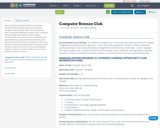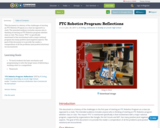
This course focuses on novels and films from the last twenty-five years (nominally 1985–2010) marked by their relationship to extreme violence and transgression. Our texts will focus on serial killers, torture, rape, and brutality, but they also explore notions of American history, gender and sexuality, and reality television—sometimes, they delve into love or time or the redemptive role of art in late modernity. Our works are a motley assortment, with origins in the U.S., France, Spain, Belgium, Austria, Japan and South Korea. The broad global era marked by this period is one of acceleration, fragmentation, and late capitalism; however, we will also consider national specificities of violent representation, including particulars like the history of racism in the United States, the role of politeness in bourgeois Austrian culture, and the effect of Japanese manga on vividly graphic contemporary Asian cinema.
We will explore the politics and aesthetics of the extreme; affective questions about sensation, fear, disgust, and shock; and problems of torture, pain, and the unrepresentable. We will ask whether these texts help us understand violence, or whether they frame violence as something that resists comprehension; we will consider whether form mitigates or colludes with violence. Finally, we will continually press on the central term in the title of this course: what, specifically, is violence? (Can we only speak of plural "violences"?) Is violence the same as force? Do we know violence when we see it? Is it something knowable or does it resist or even destroy knowledge? Is violence a matter for a text's content—who does what, how, and to whom—or is it a problem of form: shock, boredom, repetition, indeterminacy, blankness? Can we speak of an aesthetic of violence? A politics or ethics of violence? Note the question that titles our last week: Is it the case that we are what we see? If so, what does our obsession with ultraviolence mean, and how does contemporary representation turn an accusing gaze back at us?
- Subject:
- Arts and Humanities
- Career and Technical Education
- English Language Arts
- Film and Music Production
- Graphic Arts
- Literature
- Reading Literature
- Visual Arts
- Material Type:
- Full Course
- Provider:
- MIT
- Provider Set:
- MIT OpenCourseWare
- Author:
- Brinkema, Eugenie
- Date Added:
- 09/01/2013

